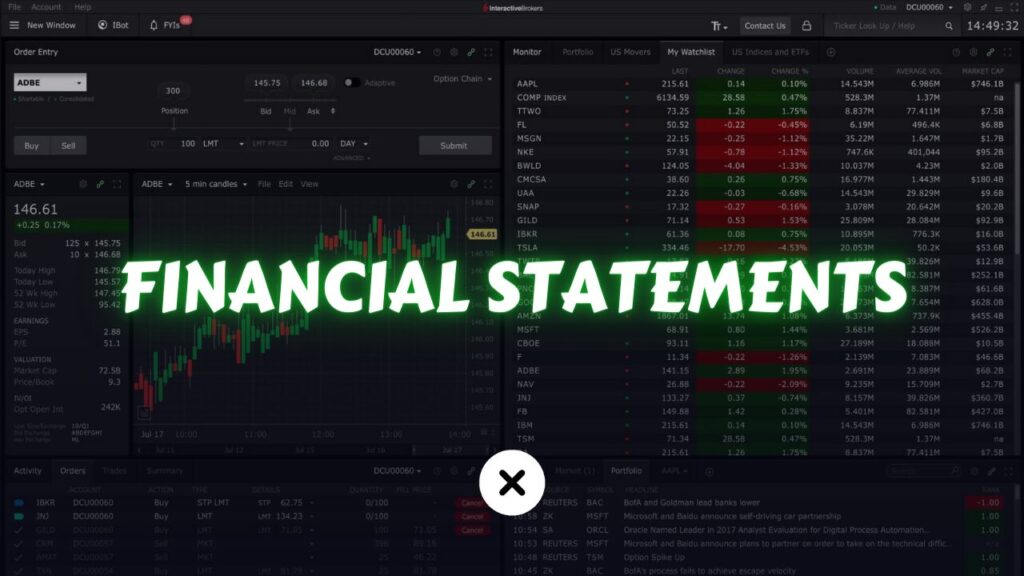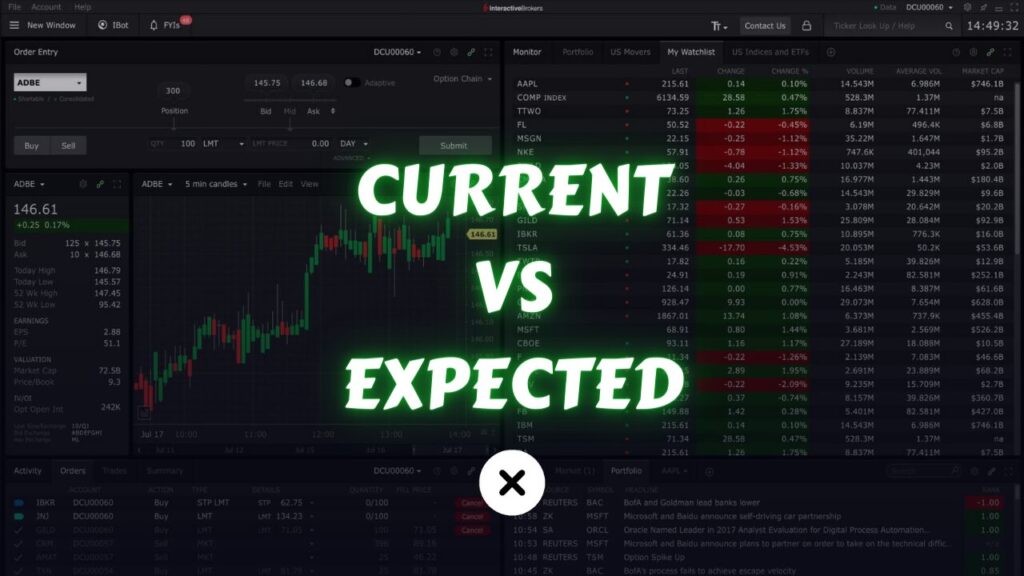
In the world of financial markets, knowing about stock float is super important for figuring out how the market works and deciding where to invest. But lots of folks who aren’t into finance don’t really know what it means. So, what’s the deal with stock float, and why should you care?
What is Stock Float?
Stock float, also known as the public float, refers to the number of shares of a company’s stock that are available for trading in the open market. It represents the portion of a company’s outstanding shares that is not held by insiders, such as company executives, employees, or major shareholders.
The stock float consists of shares that are freely tradable by the public, including individual investors, institutional investors, and other market participants. These shares are not subject to any contractual or legal restrictions that would prevent their sale or transfer.
Calculating the stock float involves subtracting the restricted shares from the total outstanding shares of a company. The formula is straightforward:
Stock Float = Total Outstanding Shares − Restricted Shares
The calculation of stock float excludes shares held by insiders, which are typically held for longer-term investment purposes or have restrictions on their sale.
For instance, if a company has 25 million shares outstanding but a stock float of only 20 million, it indicates that 5 million shares are not available for public trading. These shares may be held by the company itself or by individuals at a high level, such as founders or significant stakeholders.
The stock float is an essential concept for investors and market participants as it affects the supply and demand dynamics of a stock. A larger stock float generally indicates a more liquid market, allowing for easier buying and selling of shares. It provides a better chance for investors to enter or exit positions without significantly impacting the stock’s price.
The size of a company’s stock float can vary based on factors such as initial public offerings (IPOs), subsequent offerings, share repurchases, and insider transactions. Significant changes in the stock float can impact the stock’s volatility and liquidity.
Investors often consider the stock float when evaluating a company’s investment potential. A smaller stock float, sometimes referred to as a “thin float,” can result in higher price volatility as a smaller number of shares are available for trading. Conversely, a larger stock float, known as a “thick float,” may lead to greater stability in the stock price.
Momentum-based strategies tend to perform well with low float stocks.
It’s important to note that the stock float is not a fixed value and can change over time. For example, when a company conducts a secondary offering, it increases the number of shares in the market, potentially increasing the stock float. Similarly, when a company engages in share buybacks, the stock float may decrease as shares are taken out of circulation.
What is Short Float?
Short float refers to the percentage of a company’s shares that have been sold short and not yet covered or closed out. It is a measure of the total number of shares sold short relative to the total number of shares available for trading in the open market.
To calculate the short float,
Short float = Number of Shares Sold Short / Total Number of Shares Outstanding * 100
For instance, consider a stock with a total of 2.5 billion shares outstanding. If this stock has a short float of 10%, it implies that 10% of those 2.5 billion shares have been borrowed and sold short by investors who anticipate a decline in the stock’s price.
As the short float increases, it indicates a higher level of short selling activity, meaning more investors have taken short positions on the stock.
Shorting is commonly known as a short-term strategy, where traders typically hold their positions for a limited duration rather than an extended period. This approach is adopted due to the inherent risks associated with shorting stocks. Additionally, as the level of shorting activity increases, it can become more expensive to engage in short selling.
For instance, if there is a surge in demand for shorting a particular stock, individuals who wish to borrow shares for shorting purposes may face higher borrowing costs. This increase in costs is often imposed by brokers, who adjust their fees based on the demand for shorting a specific stock. Therefore, the expense of shorting a stock can rise when there is a substantial desire from traders to engage in short selling.
What is Short Ratio?
Short ratio, also known as the days-to-cover ratio, is a metric used to estimate the number of days it would take for all short positions in a stock to be covered based on the average daily trading volume. It provides insight into the potential length of time it would take for short sellers to exit their positions if there is a sudden positive catalyst or an increase in buying pressure.
To calculate the short ratio, divide the total number of shares sold short by the average daily trading volume. The resulting figure represents the number of days it would take, on average, for short sellers to cover their positions if they were to buy back shares at the same pace as the average daily trading volume.
Short Ratio =Total Shares Sold Short / Average Daily Trading Volume
A higher short ratio indicates a longer time period for short sellers to cover their positions. This can be an indication of higher short interest or a larger number of outstanding short positions relative to the stock’s trading volume.
A high short ratio suggests that if positive news or a surge in buying activity occurs, short sellers may be compelled to buy back shares quickly to close their positions, potentially leading to a short squeeze and a sharp increase in the stock’s price.
Conversely, a lower short ratio implies a shorter time for short sellers to cover their positions. This suggests that if short sellers need to exit their positions due to adverse price movements or other factors, it may take less time to buy back the necessary shares.
The short ratio is used by investors and traders to assess the potential risk of a short squeeze or the level of bearish sentiment in a stock. It is important to note that the short ratio is a dynamic metric that can change as short positions are covered or increased, and as average daily trading volume fluctuates.
You can refer to the finviz to access information and data related to these metrics.
Conclusion
Stock float is a fundamental concept in finance that plays a crucial role in market dynamics and investor behavior. By understanding the significance of stock float, investors can make more informed decisions and navigate the complexities of the financial markets with greater confidence. Whether evaluating liquidity, assessing price volatility, or gauging investor sentiment, stock float serves as a valuable metric for assessing the health and stability of a company’s stock.



